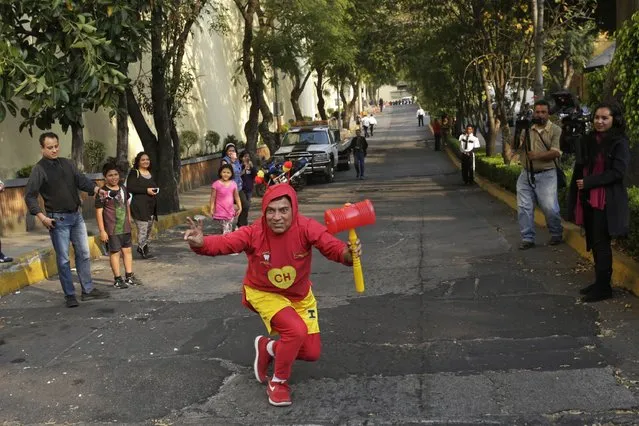
Muslims pray at the top of Mount Al-Noor during their Umrah Mawlid al-Nabawi “Birthday of Prophet Mohammad” in the holy city of Mecca, Saudi Arabia January 16, 2016. Muslims believe Prophet Mohammad received the first words of the Koran through Gabriel, at the top of Mount Al-Noor in the holy city of Mecca. (Photo by Amr Abdallah Dalsh/Reuters)
02 Feb 2016 13:36:00,post received
0 comments







